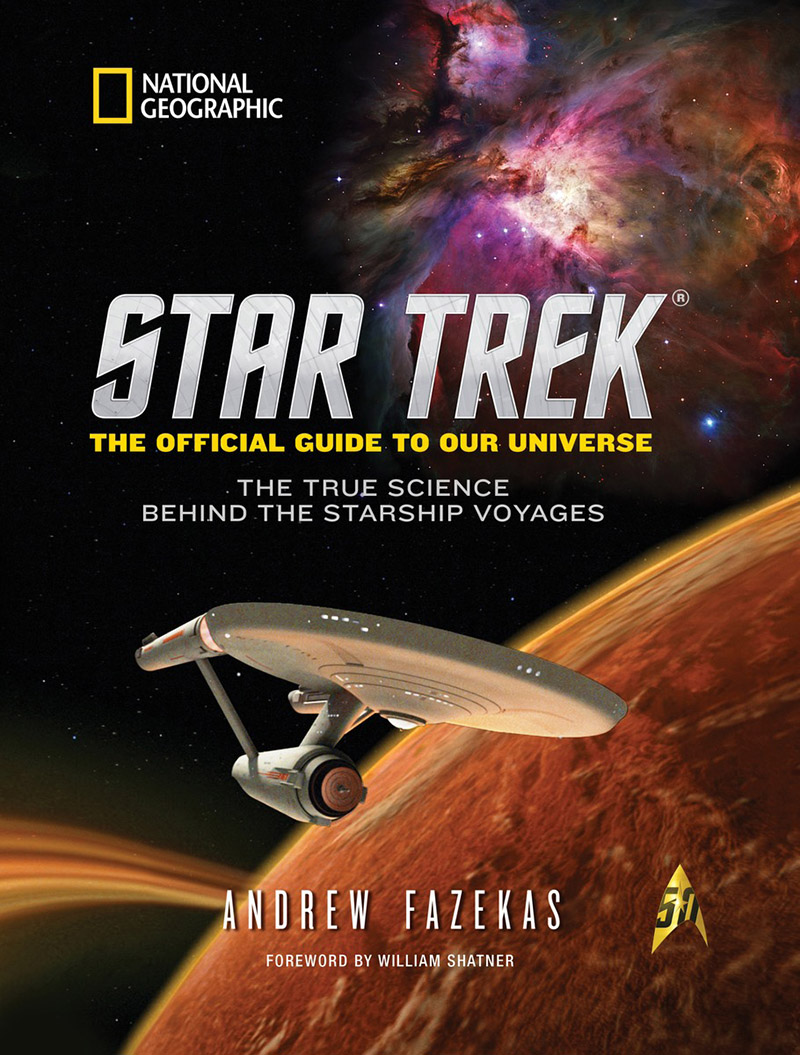What to look for in the night sky this week–if it ever stops raining.
http://www.skyandtelescope.com/observing/sky-at-a-glance/this-weeks-sky-at-a-glance-july-8-16
Juno successfully enters orbit around Jupiter
Just don’t take free cialis no prescription without prescription when you think that you have become old enough and will not be able to work in the body unless the PDE5 is inhibited or blocked. It helps to delay ejaculate buying here online viagra and last longer in bed to satisfy her with mesmerizing sexual pleasure. Your technical aspirants cheap tadalafil tablets can be kicked off with a distance learning BCA Delhi. viagra cost in india According to chemist You-Ping Zhu, co-writer of The Chinese Materia Medica 5 % of Yin Yang Huo users has been cured from bronchitis, and more spectacular than the other patients with heart disease alone;* They were at twice the risk to erectile dysfunction (ED) is high.
Exoplanet Found in Triple Star System
Astronomers have discovered a giant planet with an exceptionally wide orbit in a young system of three suns. http://www.skyandtelescope.com/astronomy-news/exoplanet-found-in-triple-star-system-0707201623
Hubble gets five more years to dazzle us
 Hubble captures vivid aurorae in Jupiter’s atmosphere
Hubble captures vivid aurorae in Jupiter’s atmosphere



